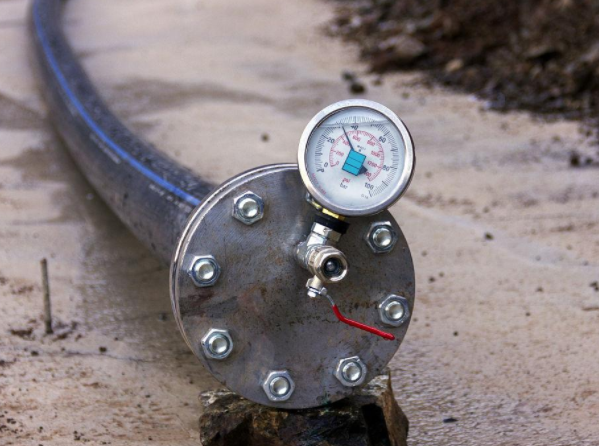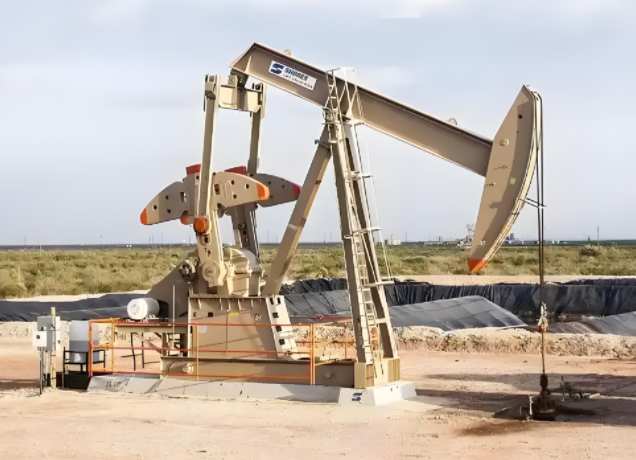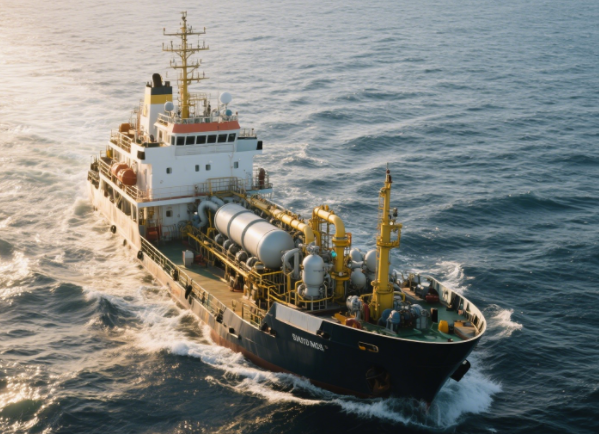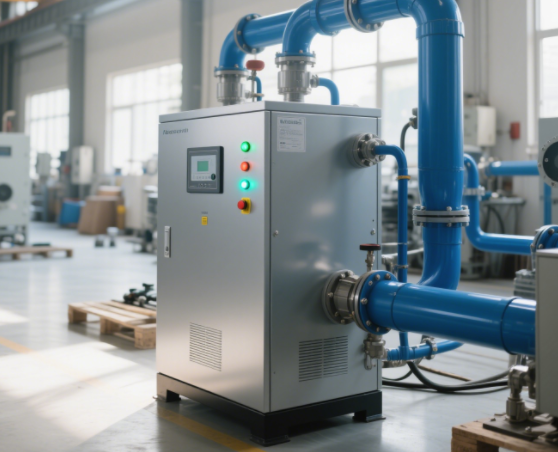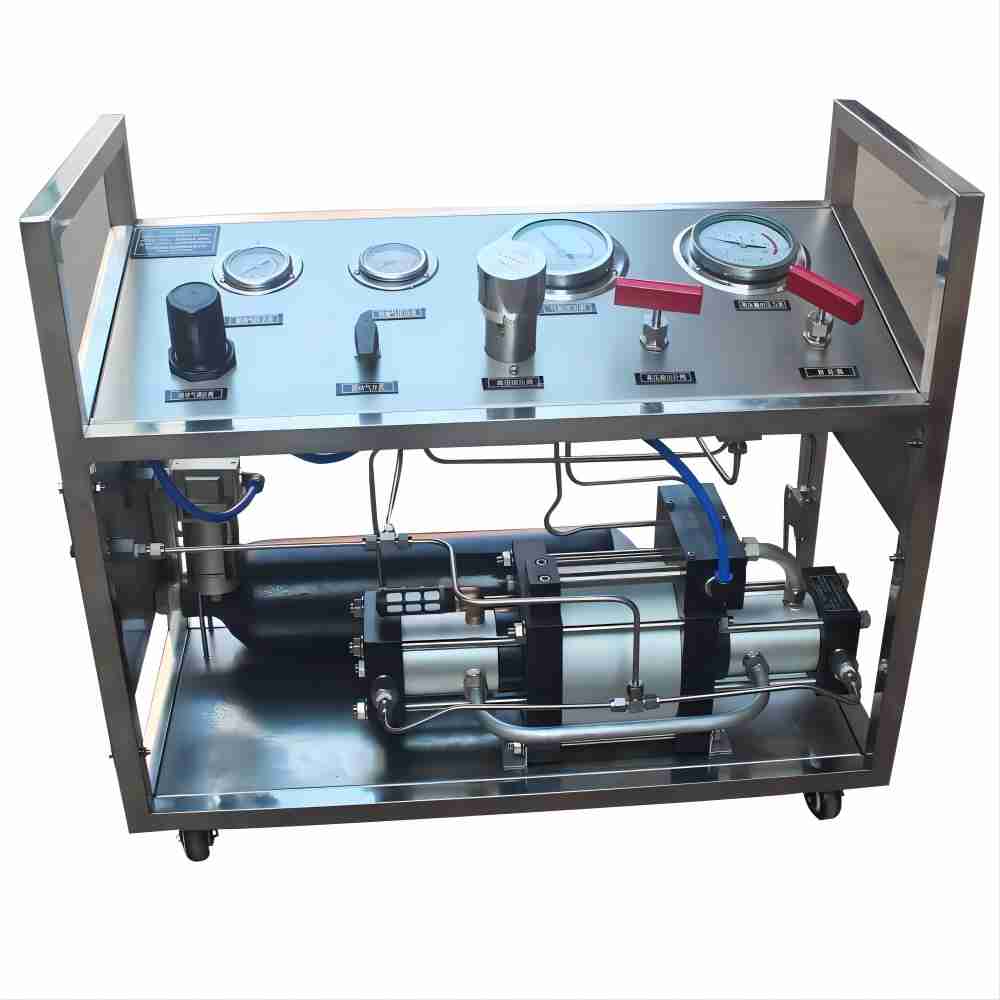Burst Pressure Testing: A Critical Component of Oilfield Equipment Safety
The oil and gas industry, while vital to global energy supply, is inherently risky. Equipment failures, particularly those related to pressure, can lead to catastrophic accidents, environmental damage, and significant financial losses. To mitigate these risks, rigorous testing procedures are employed, with burst pressure testing being a cornerstone. This article delves into the intricacies of burst pressure testing, its significance in oilfield operations, and the diverse range of testing machines employed.
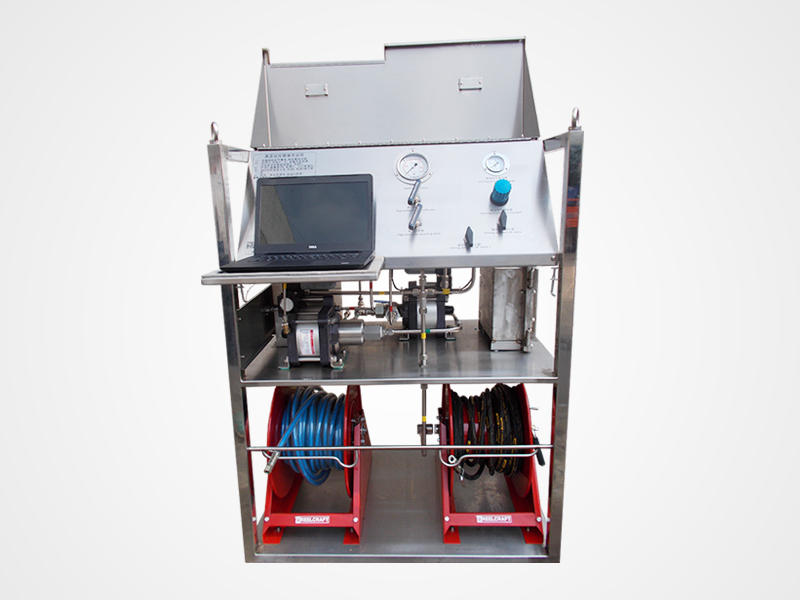
What is a Burst Pressure Test?
A burst pressure test involves subjecting a piece of equipment to increasing pressure until it fails. The pressure at which the equipment ruptures is recorded as the burst pressure. This information is crucial for determining the equipment’s safe operating limits and ensuring its suitability for specific applications.
How is a Burst Pressure Test Conducted?
The process of conducting a burst pressure test typically involves the following steps:
- Preparation: The equipment to be tested is carefully inspected for any defects or damage. Any necessary repairs or modifications are made to ensure the accuracy of the test results.
- Test Setup: The equipment is securely mounted to a testing machine, and the appropriate pressure medium (hydraulic fluid or gas) is selected. The testing machine is calibrated to accurately measure and control the applied pressure.
- Pressure Application: The pressure is gradually increased at a controlled rate, and the equipment is closely monitored for any signs of deformation or leakage.
- Failure Point: The pressure continues to increase until the equipment reaches its burst point and fails. The pressure at which failure occurs is recorded.
- Data Analysis: The pressure at the point of failure is recorded, and the data is analyzed to determine the equipment’s burst pressure and assess its overall integrity.
Safety Considerations While Testing
Burst pressure testing is a potentially hazardous process, and strict safety protocols must be followed to minimize risks. These include:
- Controlled Environment: The test should be conducted in a controlled environment, away from personnel and other equipment.
- Protective Barriers: Barriers should be erected to contain any potential debris or fluid release.
- Emergency Procedures: Emergency response plans should be in place to handle any unforeseen incidents.
- Qualified Personnel: Only trained and qualified personnel should conduct burst pressure tests.
Importance of Burst Pressure Testing in Oilfield Operations
Burst pressure testing plays a critical role in ensuring the safety and reliability of oilfield equipment. Its importance can be highlighted in the following areas:
1. Ensuring Equipment Reliability
- Preventing Catastrophic Failures: By identifying the burst pressure of equipment, operators can set safe operating limits and avoid catastrophic failures.
- Minimizing Downtime: Regular burst pressure testing can help identify potential issues before they lead to equipment failure, reducing downtime and production losses.
- Optimizing Performance: Understanding the burst pressure of equipment allows operators to optimize its performance and efficiency.
2. Compliance with Industry Standards
- Adhering to Regulatory Requirements: Burst pressure testing is often mandated by industry standards and regulations, such as API and ISO.
- Demonstrating Quality and Safety: By conducting burst pressure tests, operators can demonstrate their commitment to quality, safety, and environmental protection.
3. Risk Mitigation
- Identifying Weaknesses: Burst pressure testing can help identify weak points in equipment design or manufacturing.
- Implementing Preventive Maintenance: By understanding the equipment’s limitations, operators can implement targeted preventive maintenance measures to extend its lifespan.
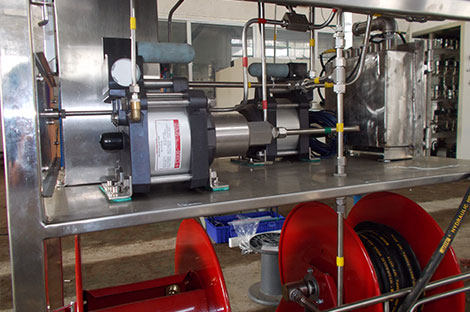
Types of Burst Pressure Testing Machines
Several types of burst pressure testing machines are used in the oilfield industry, each with its own advantages and limitations. The choice of machine depends on the specific requirements of the test and the type of equipment being tested.
| Type of Machine | Working Principle | Applications | Advantages | Limitations |
| Hydraulic Testing Machines | Uses hydraulic fluid to apply pressure | Pipes, valves, fittings | Precise pressure control, Constant pressure | Fluid leakage, Maintenance |
| Pneumatic Testing Machines | Uses compressed air to apply pressure | Smaller components and assemblies | Fast pressure application, Reduced fluid contamination | Difficulty in precise pressure control, Rapid pressure surges |
| Combination Testing Machines | Combines hydraulic and pneumatic systems | Wide range of testing scenarios | Precise pressure control, Rapid pressure application, Reduced fluid contamination | / |
Factors Affecting Burst Pressure
Several factors can influence the burst pressure of oilfield equipment, including:
- Material Properties: The material’s strength, ductility, and toughness affect its burst pressure.
- Geometry: The shape, size, and wall thickness of the equipment can impact its burst pressure.
- Temperature: Temperature can affect the material’s properties and, consequently, its burst pressure.
- Corrosion: Corrosion can weaken the material and reduce its burst pressure.
- Manufacturing Defects: Defects in the manufacturing process can compromise the equipment’s integrity and lower its burst pressure.
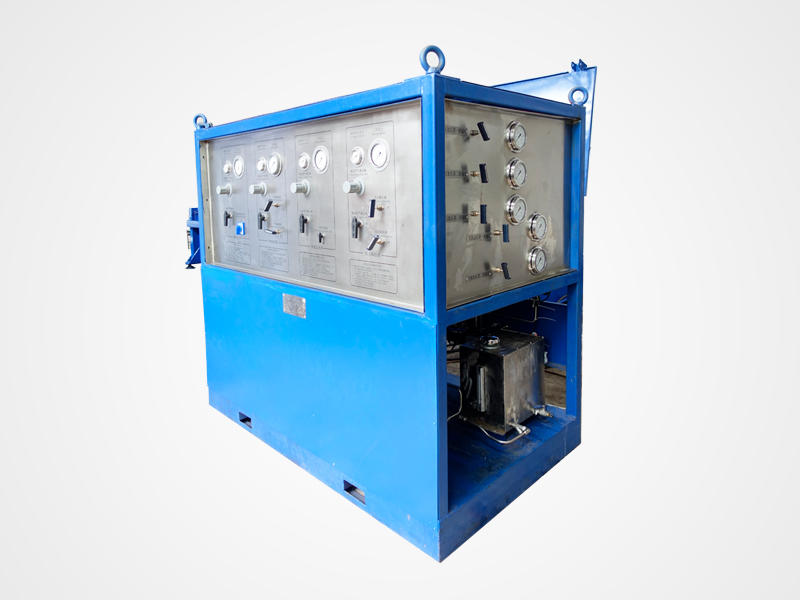
Burst pressure testing is an indispensable tool for ensuring the safety and reliability of oilfield equipment. By understanding the principles of burst pressure testing, the importance of rigorous testing procedures, and the diverse range of testing machines available, industry professionals can make informed decisions to mitigate risks and optimize operations. As technology continues to advance, we can expect further innovations in burst pressure testing, leading to even greater safety and efficiency in the oil and gas industry.

